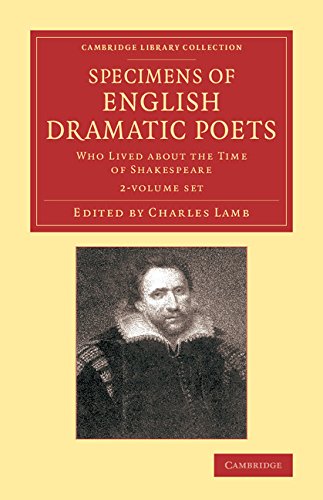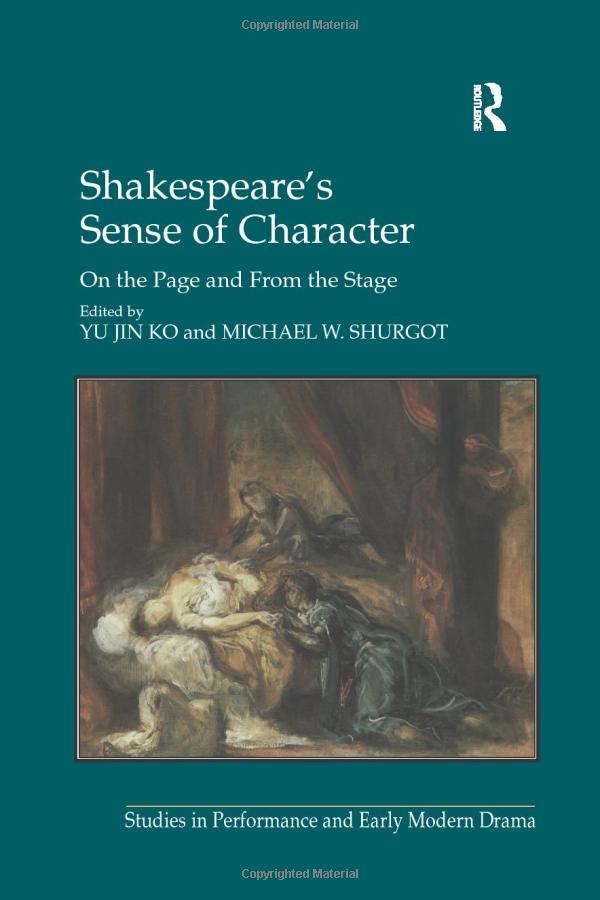The Role of Peter Quince in A Midsummer Night's Dream: A Deep Dive into Shakespeare's Comic Genius
Guide or Summary:Introduction to Peter Quince in A Midsummer Night's DreamThe Significance of Peter QuinceQuince's Leadership and DirectionThe Comedy of Err……
Guide or Summary:
- Introduction to Peter Quince in A Midsummer Night's Dream
- The Significance of Peter Quince
- Quince's Leadership and Direction
- The Comedy of Errors and Miscommunication
- Thematic Exploration of Love and Performance
- Conclusion: The Enduring Legacy of Peter Quince
**Translation of "peter quince midsummer night's dream":** Peter Quince in A Midsummer Night's Dream
Introduction to Peter Quince in A Midsummer Night's Dream
In William Shakespeare's beloved play, "A Midsummer Night's Dream," the character of Peter Quince emerges as a pivotal figure within the comedic framework of the narrative. Quince, a carpenter by trade, is not only a character but also the director of the play-within-a-play, "Pyramus and Thisbe," performed by the "rude mechanicals." His role serves as a lens through which Shakespeare explores themes of love, art, and the nature of performance itself.

The Significance of Peter Quince
Peter Quince embodies the archetype of the everyman, representing the working class and their aspirations. His character is often overshadowed by the more prominent figures in the play, yet his contributions are essential for the comedic structure and the exploration of theatricality. Quince's leadership in organizing the mechanicals' performance highlights the theme of collaboration and the joy of creating art, regardless of one's social standing or expertise.
Quince's Leadership and Direction
As the director of "Pyramus and Thisbe," Quince demonstrates both enthusiasm and frustration in his attempts to manage the diverse talents of his fellow actors. His famous line, "I will draw you a bill," emphasizes his role as a coordinator, as he attempts to assign roles and ensure that each actor understands their part. This process is rife with comedic misunderstandings and miscommunications, showcasing Shakespeare's skill in blending humor with deeper reflections on the nature of art and performance.
The Comedy of Errors and Miscommunication
The interactions between Quince and the other mechanicals—such as Bottom, Flute, and Snug—create a tapestry of comedic moments that resonate with audiences. Quince's attempts to maintain order amidst the chaos of the rehearsal process highlight the absurdity of theatrical endeavors. For instance, when Bottom insists on playing multiple roles, Quince's exasperation becomes a source of laughter, illustrating the challenges of artistic collaboration.

Thematic Exploration of Love and Performance
In "A Midsummer Night's Dream," the theme of love is intricately woven into the fabric of the narrative. Quince's play serves as a parody of romantic tragedy, allowing Shakespeare to comment on the nature of love itself. The exaggerated emotions and misunderstandings in "Pyramus and Thisbe" mirror the romantic entanglements of the main characters, providing a humorous counterpoint to their serious dilemmas. Quince's role in this meta-theatrical exploration invites audiences to reflect on the relationship between love and performance.
Conclusion: The Enduring Legacy of Peter Quince
Peter Quince may not be the central figure in "A Midsummer Night's Dream," but his character encapsulates the essence of Shakespearean comedy. Through his leadership, comedic timing, and the themes he represents, Quince contributes significantly to the play's enduring appeal. His character reminds us that art is a collaborative effort, one that transcends social boundaries and brings people together in the pursuit of creativity and joy.
In conclusion, the exploration of Peter Quince in "A Midsummer Night's Dream" reveals much about Shakespeare's comedic genius and the timeless nature of his work. Quince's character serves as a bridge between the world of the play and the audience, inviting us to engage with the themes of love, art, and the delightful chaos of human interaction.
